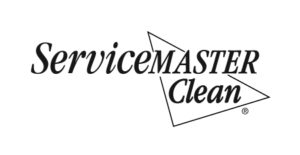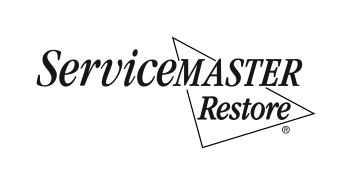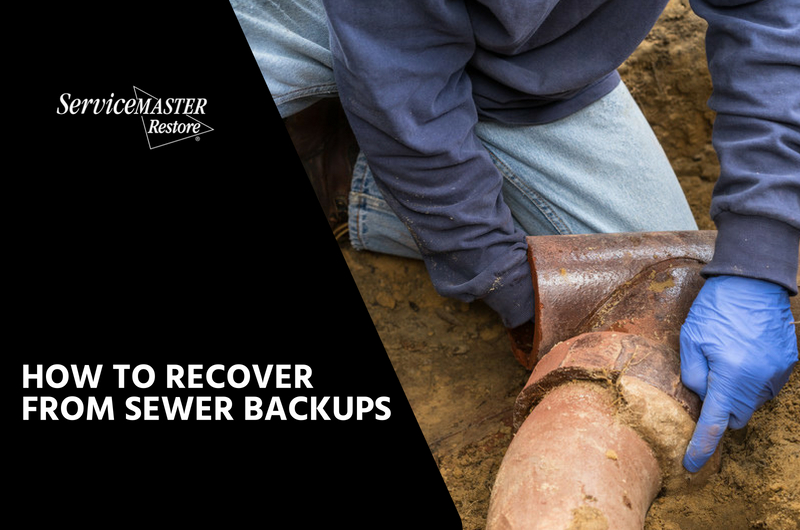No amount of sprayed-on air freshener will eliminate the putrid odor of a sewer backup; and when it happens at your business, it can hurt your daily sales. Sewage inside a commercial building can also cause further damage if not cleaned up quickly and correctly. Here are some tips to consider.
First, understand whether you are dealing with a sewer overflow or a sewer backup. One problem is preventing the unwanted waste from being eliminated from the building; while the other is caused from unwanted waste being pushed back inside the building from an external source.
Think of a stopped-up toilet that can’t flush waste down. If the waste cannot be eliminated, and additional water and waste are added, it eventually overflows. This can happen in other areas of a building such as garbage disposals, floor drains, etc.
So, a sewer overflow can be prevented with proper maintenance and systems inspections within the building. During seasonal maintenance on HVAC systems, it is also a good time to check the integrity of piping throughout the building.
On the other hand, a sewer backup is caused from waste water flowing back into the building. This is most often due to a blocked sewer pipe somewhere in the building’s system, or within the city sewage pipeline.
What Causes a Sewer Backup?
A sewer pipe can become blocked for a number of reasons. Pipes that are old and worn can easily crack, causing weak spots. Outdoor landscaping, including trees and shrubs planted near the buried pipe, naturally have their roots growing towards a source of moisture. When the roots grow through those cracks, they can start to fill the pipe. If ignored a long time, the roots continue growing and spread throughout the pipe, eventually blocking the flow completely.
When a city sanitary main blocks up, it can force sewage to back up through many buildings within the same neighborhood. Sewage backup can enter through floor drains, toilets, or other drains within each building.
Hazardous Waste Inside Your Business
Waste water backing up into your building can cause environmental and health hazards. It is usually recommended that people evacuate the area, or the entire building, until the mess is properly cleaned up.
Wastewater carries parasites and bacteria that threaten the health of people, and the lives of those with weakened immune systems.
When sewage flows over or submerges porous surfaces, the cleanup should be completed by a damage restoration service. Porous surfaces such as wood flooring, carpeting, baseboard and drywall tend to soak up the nasty water, acting as a breeding area for further contamination and mold growth.
Standing sewage can also attract disease-carrying insects and pests that can cause additional contamination risk. These pests often travel to other areas of the building, potentially infecting more people.
Employees are not equipped to properly clean up a sewage mess. The extra task of “other duties as assigned” on a job description should not include cleaning up hazardous waste without the proper training.
Water extractors manufactured specifically for hazardous waste, air purifiers and deodorizers, and the proper decontamination and sanitization methods are used by qualified technicians trained in handling these problems. It is better to call a specialist than try to clean up the mess yourself.
ServiceMaster by the Border has the technicians who know how to handle a sewer backup. If it should every happen at your business, call us for proper sewage cleanup so you can get back to business.


